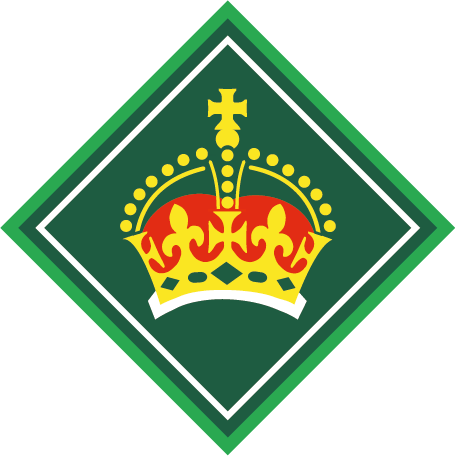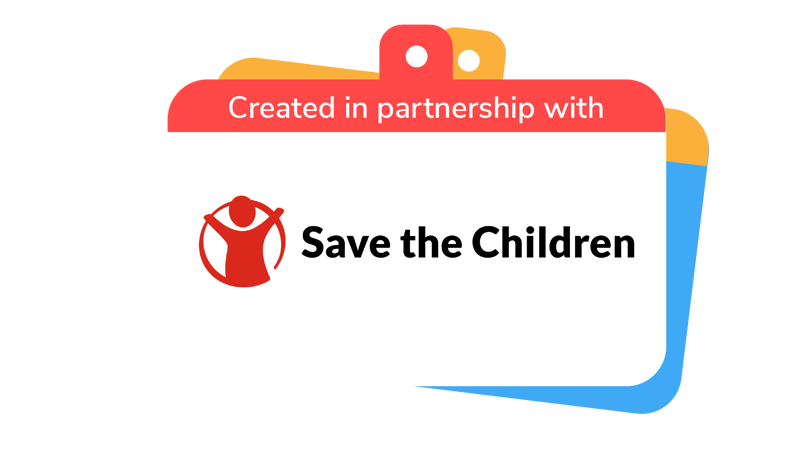
Hold a child friendly space event
You’ll need
- Coloured pens or pencils
- Pens or pencils
- A4 paper
- Scissors
- Craft materials (for example, tissue paper, pipe cleaners, stickers)
- A4 card
- Gazebo or tent (if you're holding your event outdoors)
What’s a child-friendly space?
- The person leading the activity should remind everyone that child-friendly spaces are welcoming, calm, and safe for children. Save the Children has child-friendly spaces in camps, so children have a safe place to play, learn and simply be children.
Check out the ‘Child-friendly spaces’ sheet for more information and some pictures you could share, or head to Save the Children’s website.
- Everyone should spend a few moments thinking quietly about what a child-friendly space could feel like. They should imagine using all of their senses – what might they be able to see, hear, feel, smell, or taste?
Plan the event
- Everyone should split into groups.
Five groups is ideal, but if you have a different number, just adapt the discussion prompts.
- The person leading the activity should give each group a ‘discussion prompt’ to help them generate ideas. They should use big pieces of paper to jot down their ideas, ready to share.
We’ve included some discussion prompts below. Think about who’s best suited to each area.
- After 10 minutes or so everyone should come back together. The groups should take it in turns to share their ideas with everyone.
- Everyone should have the chance to ask questions and feed back on people’s ideas. They should keep it thoughtful and constructive.
- Each small group should use the questions on the ‘Planning a child-friendly space event’ sheet to decide on the details of the event. They may need to pop over and check with other groups, for example, so the people planning the physical layout know what activities they’ve got to leave space for, or so the people working with partners know who they’ll need to speak to about the venue.
It’s up to you how you use the sheet – you could give people their section, or give them one question at a time to work on.
- Everyone should come back together one last time to run through their ideas and plans. Does it all make sense together?
- Everyone should work together to split up the work of planning and organising, and get stuck in!
On the day
- Everyone should set up the things they need for each activity, put up their signs, and prepare the quiet space. They should make sure everything’s clearly labelled so people know what’s happening where.
- When the visitors arrive, everyone should greet them and make them feel welcome. They could start conversations, for example, by asking where people found out about the event or how their journey there was.
- Everyone should run the activities they’ve planned.
- At the end of the event, everyone should give the visitors a chance to feed back. What worked well? What could they do differently next time?
- Everyone should work together to pack everything away, recycle as much as possible, and leave the venue as they found it.
Discussion prompts
Physical layout. What will the space look like? How will it be welcoming for children and young people? Will there be any seating? How about pictures or decorations? Where will activities take place?
Inviting guests. Who will you encourage to come? Will the event be open to everyone in the community? How will you let people know about it in advance? How will you make it clear what’s happening on the day?
Logistics. What about a venue – where could you host the event? What sort of time would be best? What day of the week?
Activities. What will people do at the event? Who will run different activities? How can they prepare?
Partners. Who could help to deliver the event? Are there any things people can’t do themselves?

This activity helps contribute towards some of the UN's Sustainable Development Goals. Find out more about the SDGs, and how Scouts across the world are getting involved.
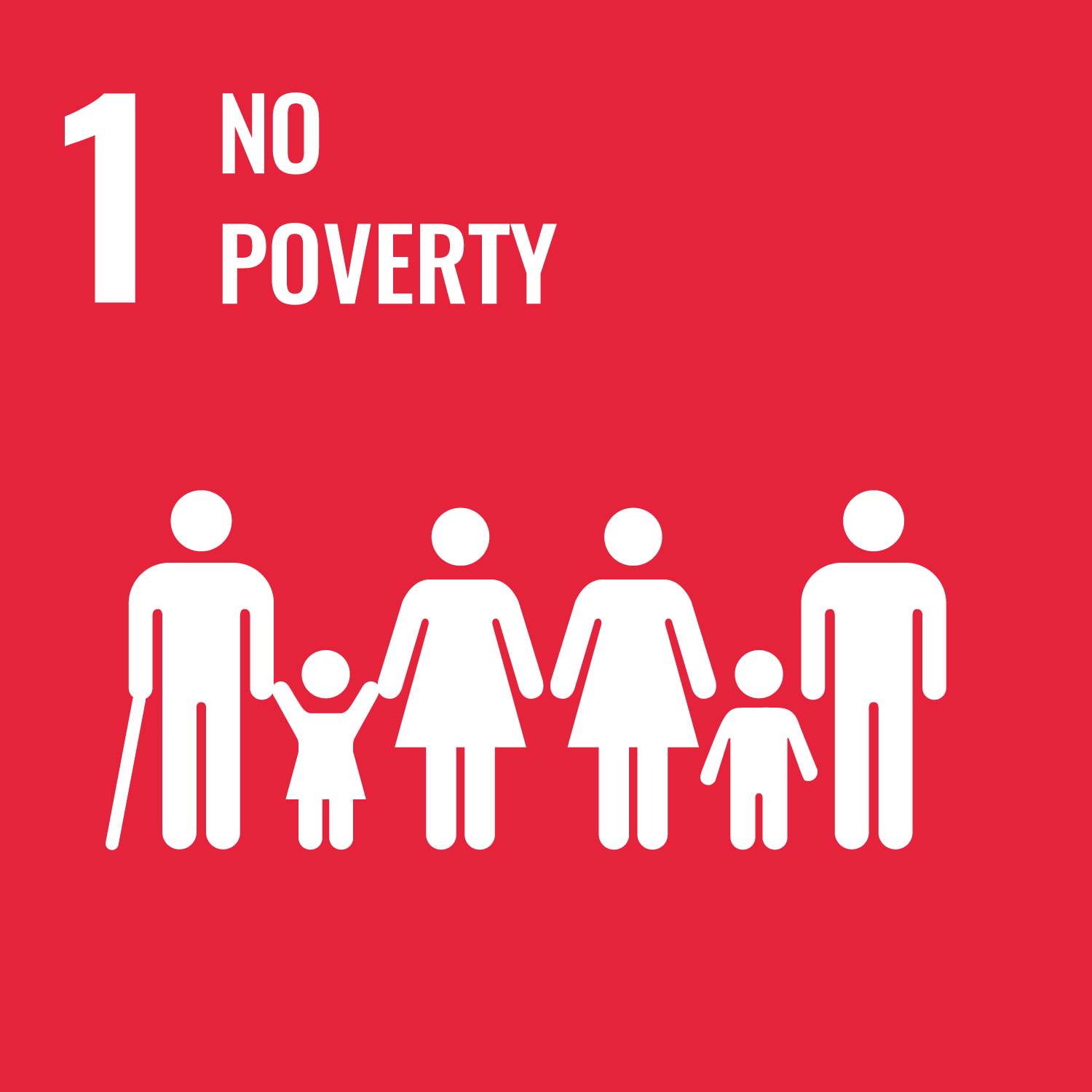
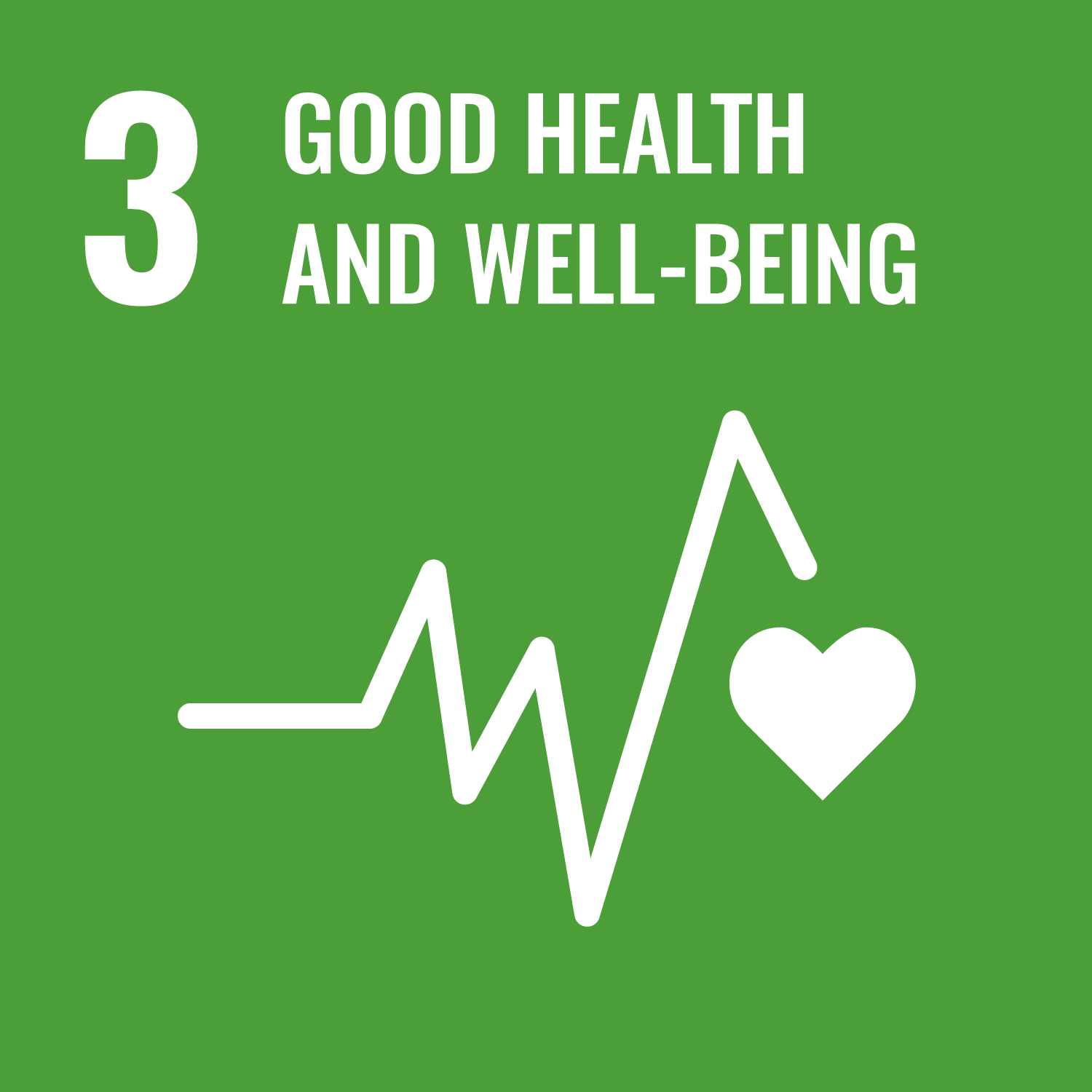
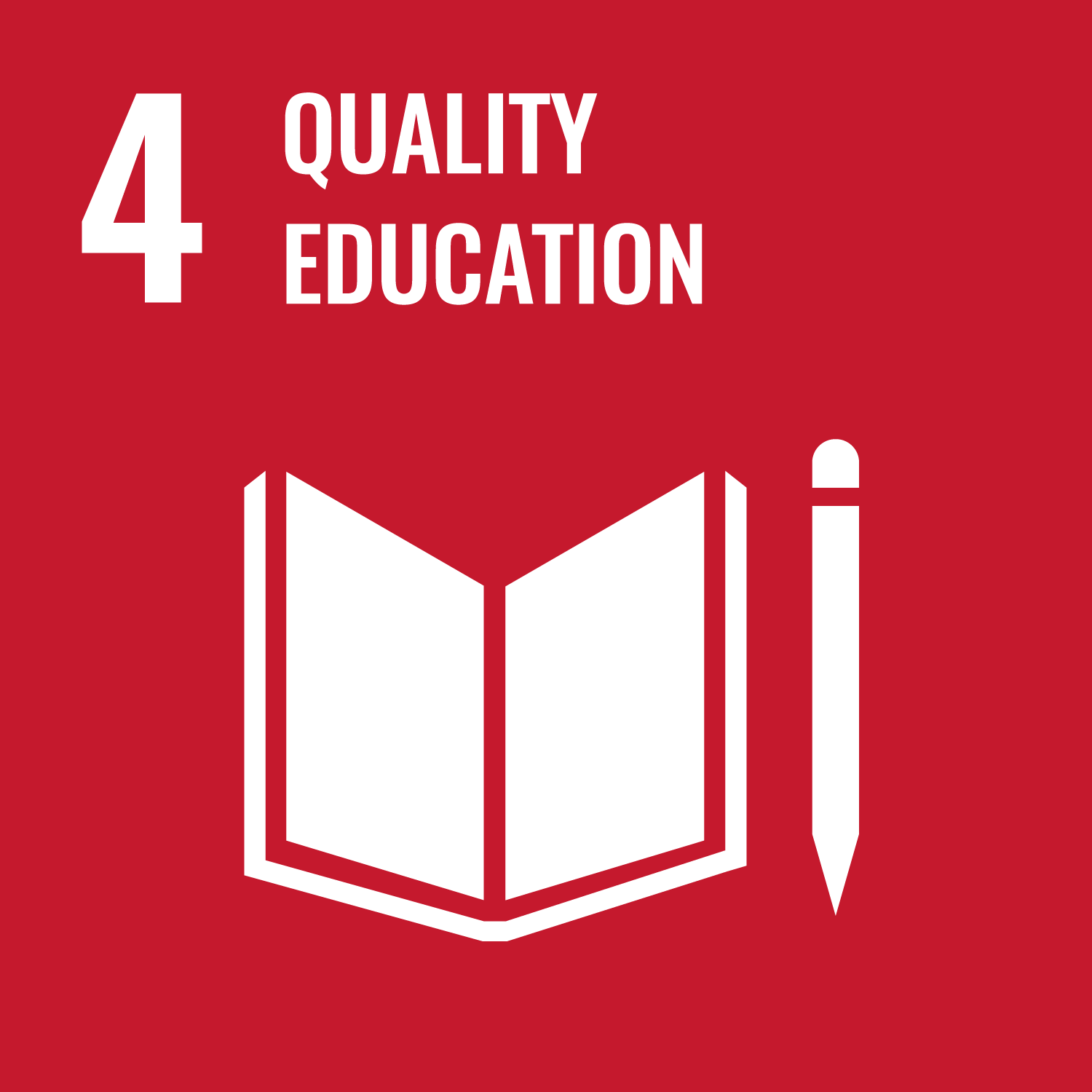


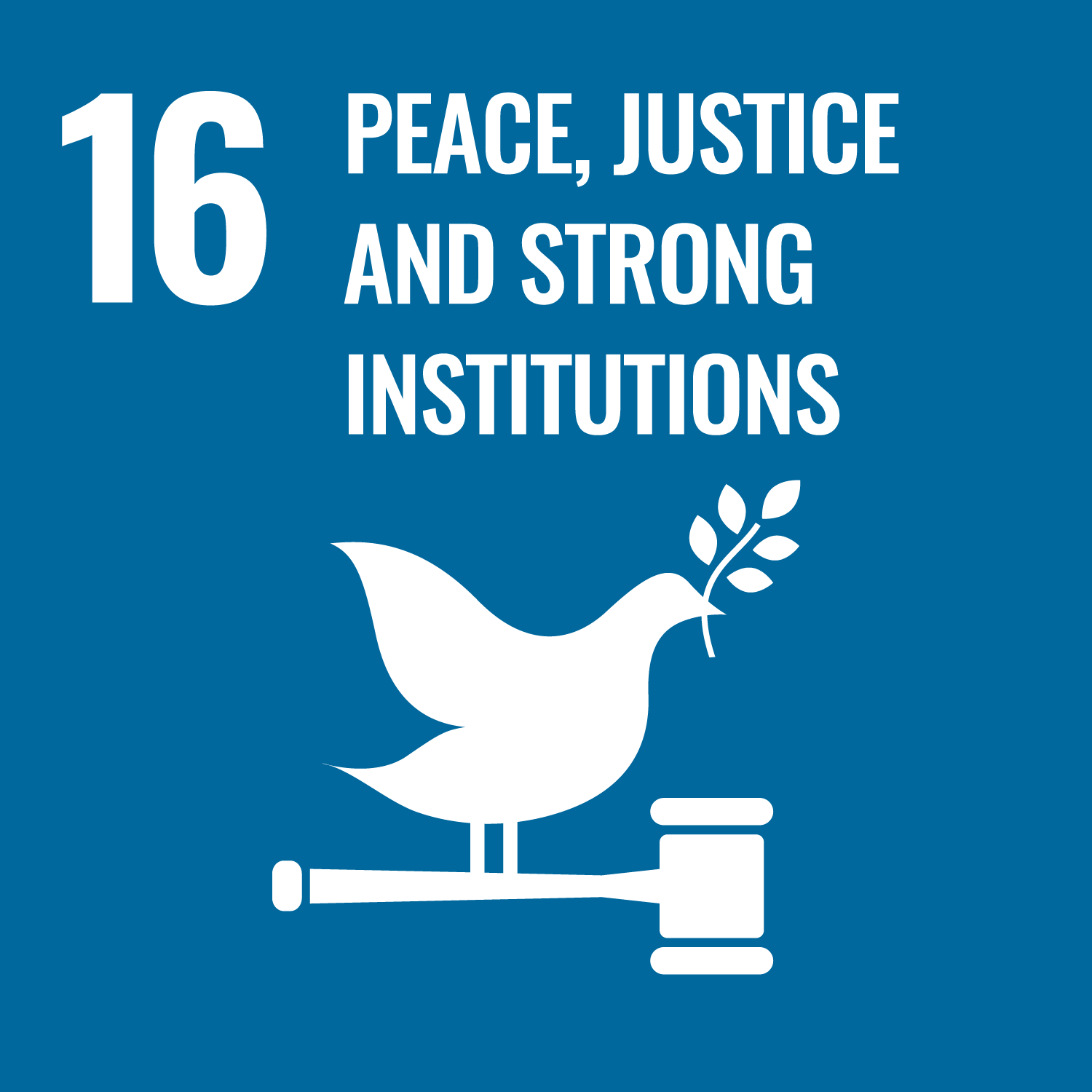
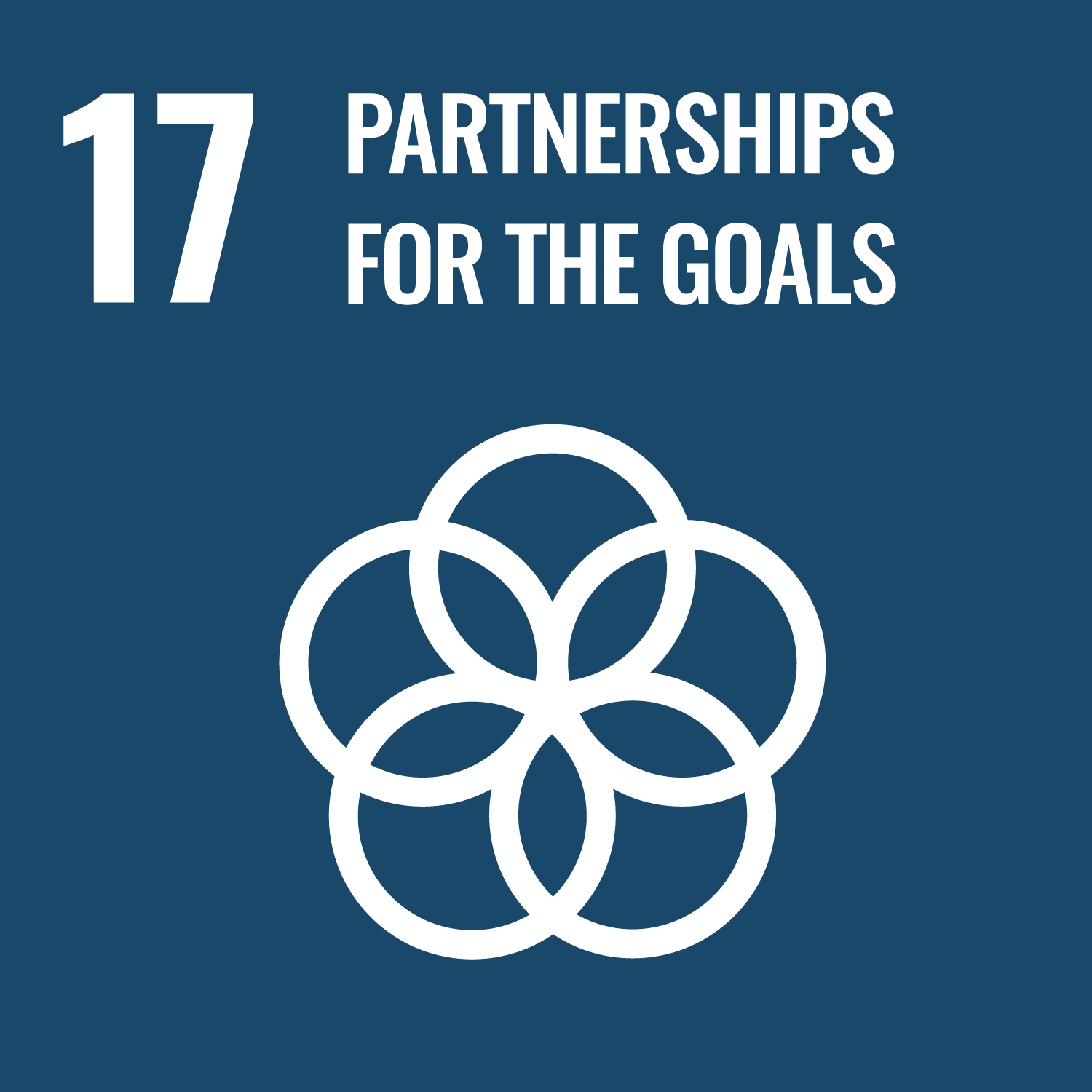
Reflection
This activity was all about being a local, national, and international citizen. Children all over the world have lots of basic rights in common. Can anyone think of some of these rights? People might think about freedom of thought, access to healthcare, or the right to an education. Children also have the right to meet with other children, the right to reliable information from a variety of sources, and the right to relax and play. Find out more about children’s rights here. How do Save the Children’s child-friendly spaces help children access their rights?
This activity was also about communication. Was it easy to agree on ideas in groups, or did people find it tricky? Could the groups plan their section of the event on their own, or did they have to talk to other groups as well? Did anyone have any interesting conversations with guests? Perhaps they had the chance to share some information or listen and put themselves in someone else’s shoes.
Safety
All activities must be safely managed. You must complete a thorough risk assessment and take appropriate steps to reduce risk. Use the safety checklist to help you plan and risk assess your activity. Always get approval for the activity, and have suitable supervision and an InTouch process.
- Scissors
Supervise young people appropriately when they’re using scissors. Store all sharp objects securely, out of the reach of young people.
- Sharp objects
Teach young people how to use sharp objects safely. Supervise them appropriately throughout. Store all sharp objects securely, out of the reach of young people.
- Outdoor activities
You must have permission to use the location. Always check the weather forecast, and inform parents and carers of any change in venue.
- Poles and long objects
Be careful when moving poles or long items. Take care if the ends are sharp. Have appropriate supervision for this activity.
- Heavy and awkward objects
Never lift or move heavy or awkward items alone. Ask for help or, if possible, break them down into smaller parts.
- Road safety
Manage groups carefully when near or on roads. Consider adult supervision and additional equipment (such as lights and high visibility clothing) in your risk assessment.
It’s up to you how much responsibility and guidance people have – it’ll probably depend on their age and experience. It isn’t realistic to ask six-year-old to complete a risk assessment, but an older teenager may be able to contact a venue and make arrangements (with suitable supervision and safeguarding).
For people who aren’t quite ready to get stuck in from scratch, you could offer multiple choice options (for example, of three different space layouts or two different venues). If you do this, you may not want to split into groups for as long (or at all).
This activity may be difficult for people who have experience of being a refugee or displaced child. Speak to them (and their parent or carer) beforehand, so you can create a plan for how to make it manageable. For example, would they prefer to share their experience or not? Are there any specific examples or situations you should avoid mentioning?
Make sure your venue and activities are accessible.
There’s a role for everyone in an event like this – if you spot someone who’s a great fit for one of the discussion prompts, why not make sure they end up working on it?
All Scout activities should be inclusive and accessible.
Why not keep track of what went well and lessons learned, to create a guide for planning and running events?
Can you make your event again – or at least let other people know what to do? If so, you could offer your child-friendly space to other groups for events.
Why not invite a local decision maker to visit your child-friendly space? It could be a great opportunity to tell them why you’d like them to do everything they can to support refugees and displaced children.
Discover more at https://www.savethechildren.org.uk/





